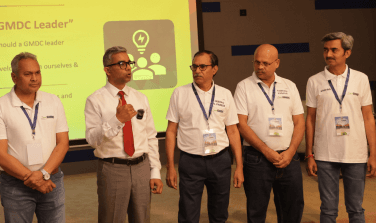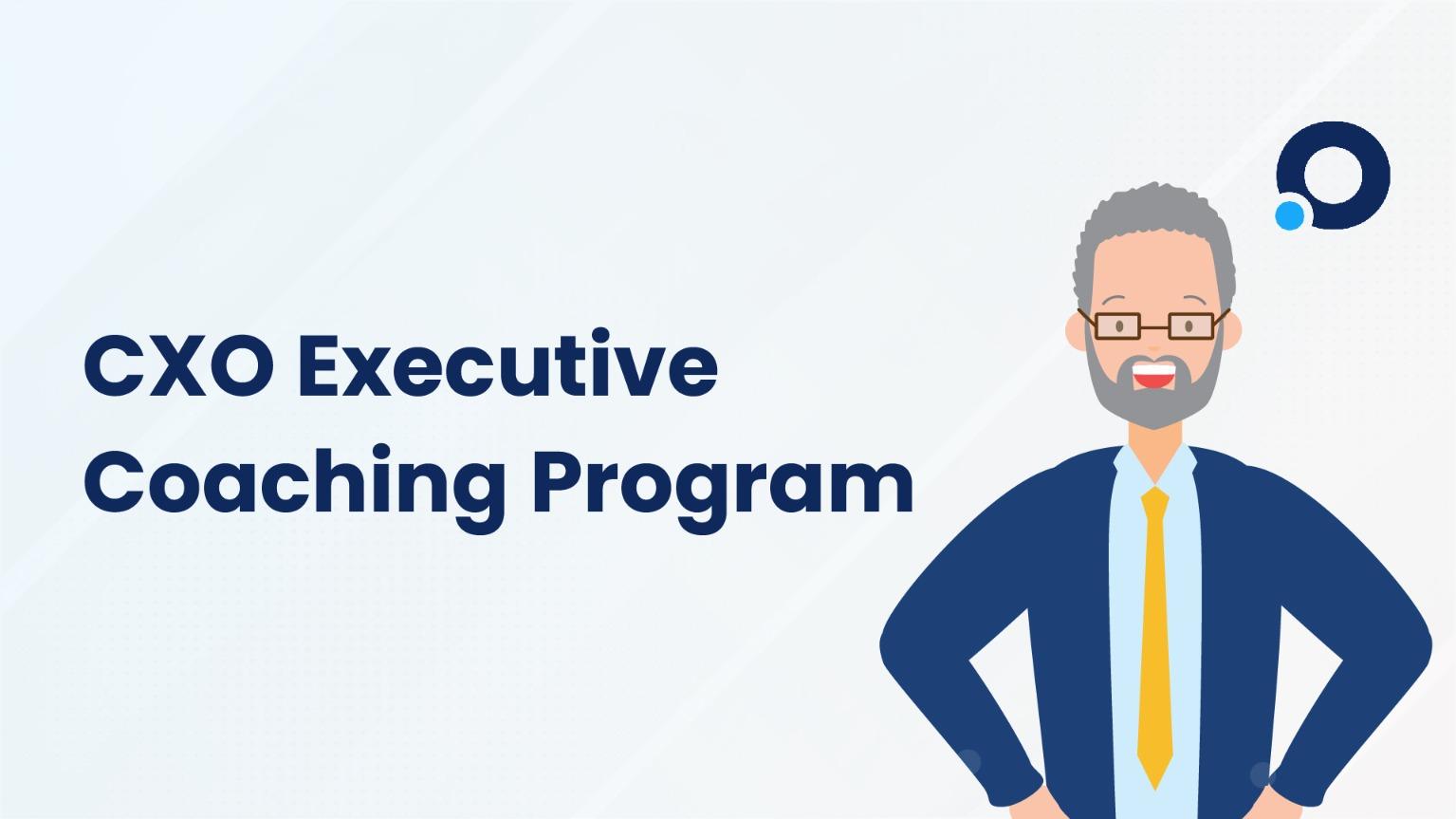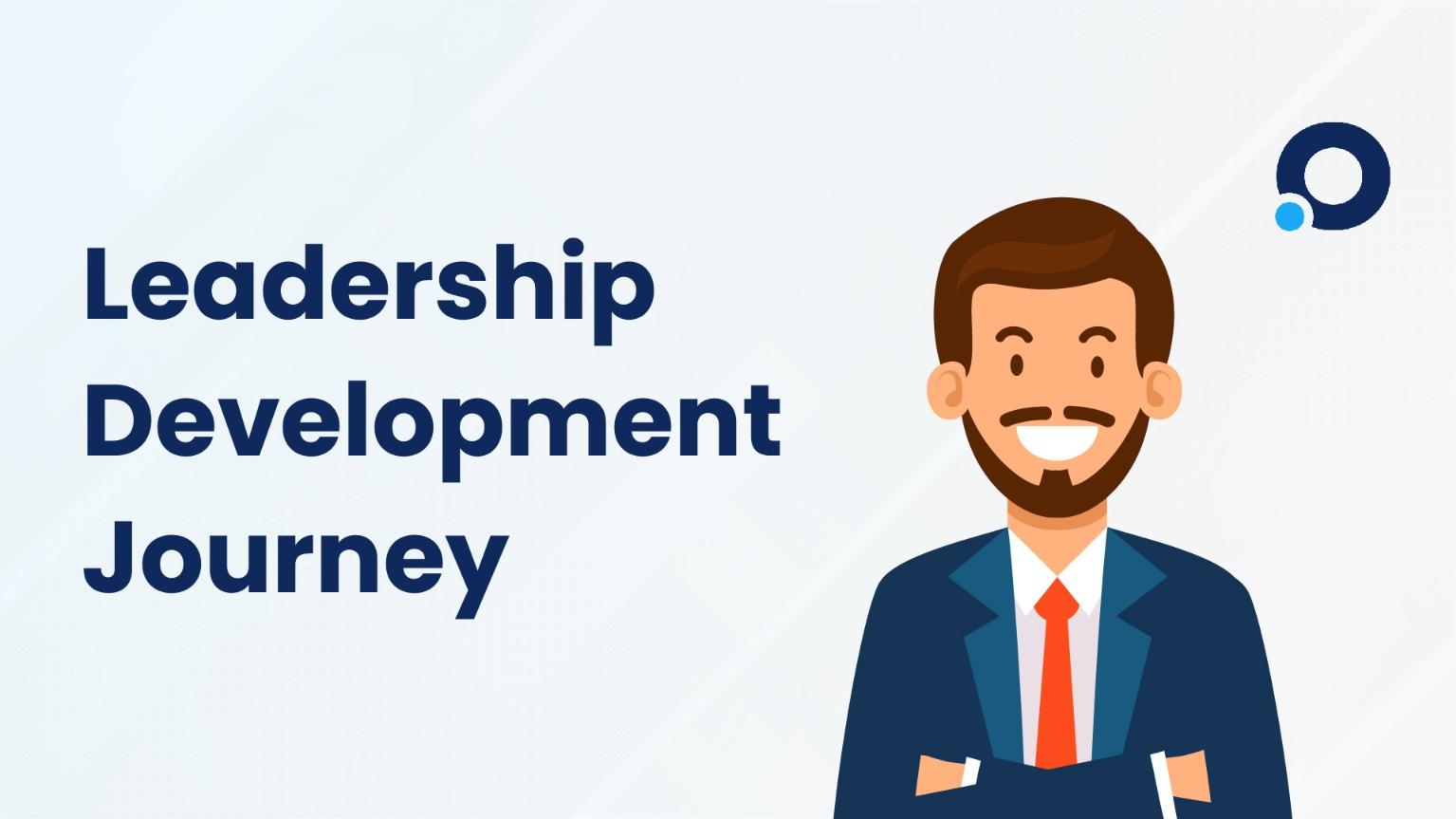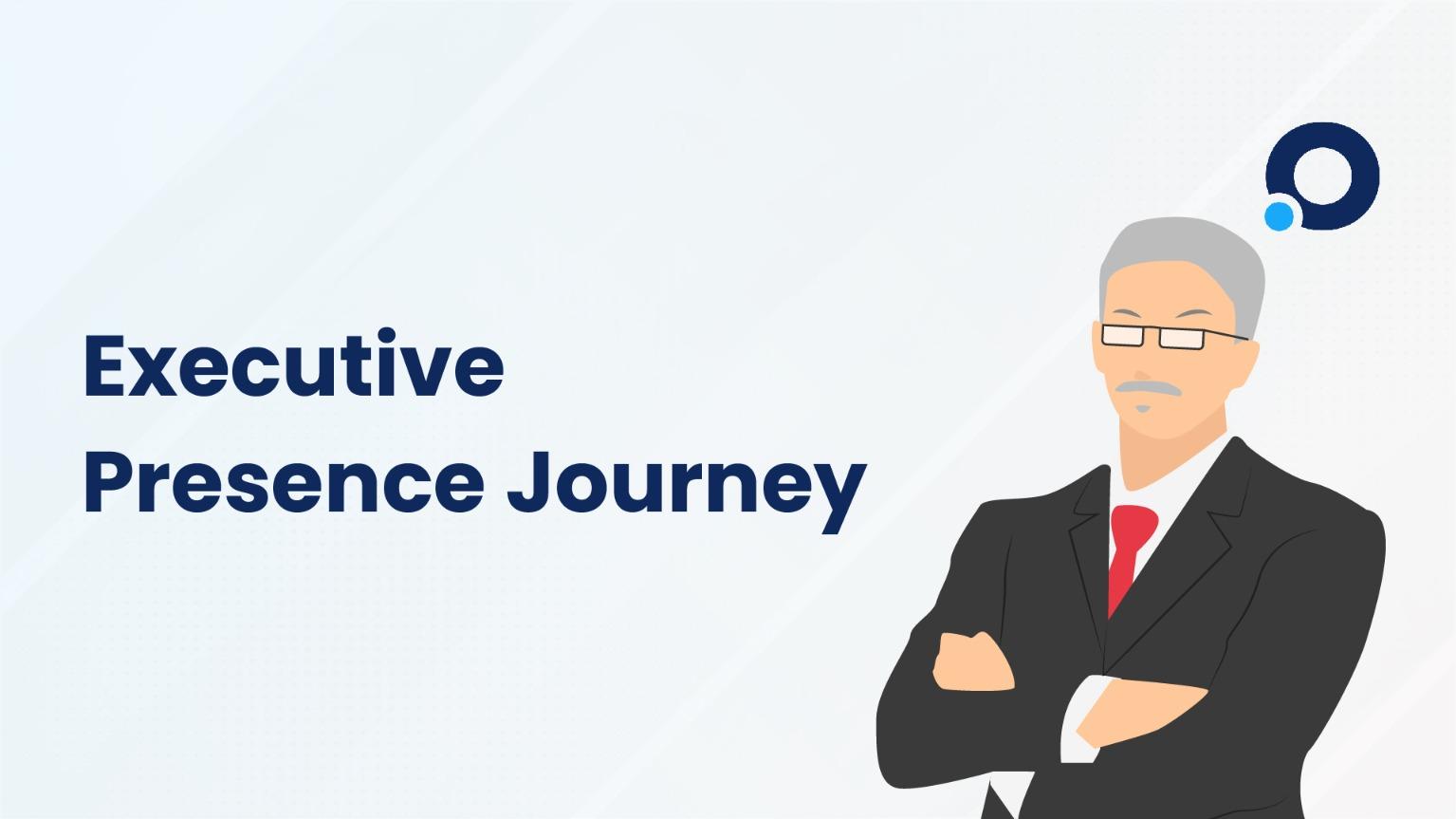“It’s Not My Job”: A Culture of Avoidance
At one of India’s largest consumer goods companies, growth had plateaued. Despite a strong brand, well-funded innovation labs, and skilled teams, deadlines slipped, ideas stalled, and progress felt… stuck.
A new product innovation team had just been set up. It included people from marketing, R&D, and supply chain. But within a month, collaboration broke down. Team members pushed back subtly:
- “I wasn’t looped in.”
- “This isn’t in my scope.”
- “Let’s wait for leadership to align us.”
The Diagnosis: A Missing Growth Culture
Leadership realized the problem wasn’t capability. It was mindset. So they turned to the Growth Culture Index™, a diagnostic designed to measure how well behaviors like ownership, accountability, and collaboration were embedded in the culture.
The Results Were Clear:
- Everyone believed they had ownership, but didn’t believe others did
- 70% believed cross-functional collaboration was “not worth the effort”
- Accountability was described as “something we talk about, not something we practice”
The Shift: From Escalation to Empowerment
Armed with insights from the Growth Culture Index, the company launched a transformation initiative focused on restoring ownership and accountability as cultural pillars.
Here's what changed:
- Role Clarity with Outcome Focus: Impact-based goals were co-owned.
- Visible Commitments: In daily stand-ups, each person would declare “What I own this week,” and reflect on progress every Friday.
- Feedback & Recovery Loops: Instead of blame, teams asked “What did we learn? What could we do better?”
- Cross-Team Accountability Pods: Peer partnerships across functions owned delivery together.
What followed was surprising:
- Deliverables met their timeline for the first time in six months
- People began to speak up early when risks emerged
- Escalation emails dropped by 60%
- Two stalled innovation ideas were revived—and launched within the quarter
Why Ownership & Accountability Build a Growth Culture
A true growth culture cannot exist without psychological ownership. It’s the difference between “That’s not my job” and “If it matters to the goal, it matters to me.”
Here’s what ownership and accountability do:
- Empower Decision-Making: People stop waiting and start acting.
- Improve Follow-Through: Commitments are made visible and tracked.
- Enable Trust & Collaboration: Shared outcomes build smoother teamwork.
- Drive Innovation: Ownership inspires problem-solving.
The Difference Between Task & Ownership Culture
| Task Culture | Ownership Culture |
|---|---|
| “I did my part.” | “Did the outcome succeed?” |
| Work ends when task is complete | Work ends when value is delivered |
| Finger-pointing | Shared responsibility |
| Decisions escalated upwards | Decisions made with courage and clarity |
| Minimal collaboration | Cross-functional co-ownership |
How Growth Culture Index Measures Ownership
- How frequently employees take initiative
- Whether accountability is safe, fair, and actioned
- If goals are co-owned across functions
- How leadership models ownership in behavior, not just talk
5 Ways to Build Ownership in Your Organization Culture
- Shift from Job Descriptions to Purpose
- Celebrate Ownership Moments
- Create Public Commitments
- Coach, Don’t Blame
- Model It at the Top
Final Thoughts: From Compliance to Contribution
You can’t mandate accountability. You create it—by making it safe, visible, and shared.
When employees move from “That’s someone else’s job” to “I own the outcome,” everything changes. Growth accelerates. Collaboration deepens. And results become everyone’s business.
Ready to assess the level of ownership in your teams?
Take the Growth Culture Index™ Diagnostic to begin the shift.
Tags: ownership culture, accountability in organizations, growth culture, collaboration at work, workplace performance, leadership development, team transformation
























